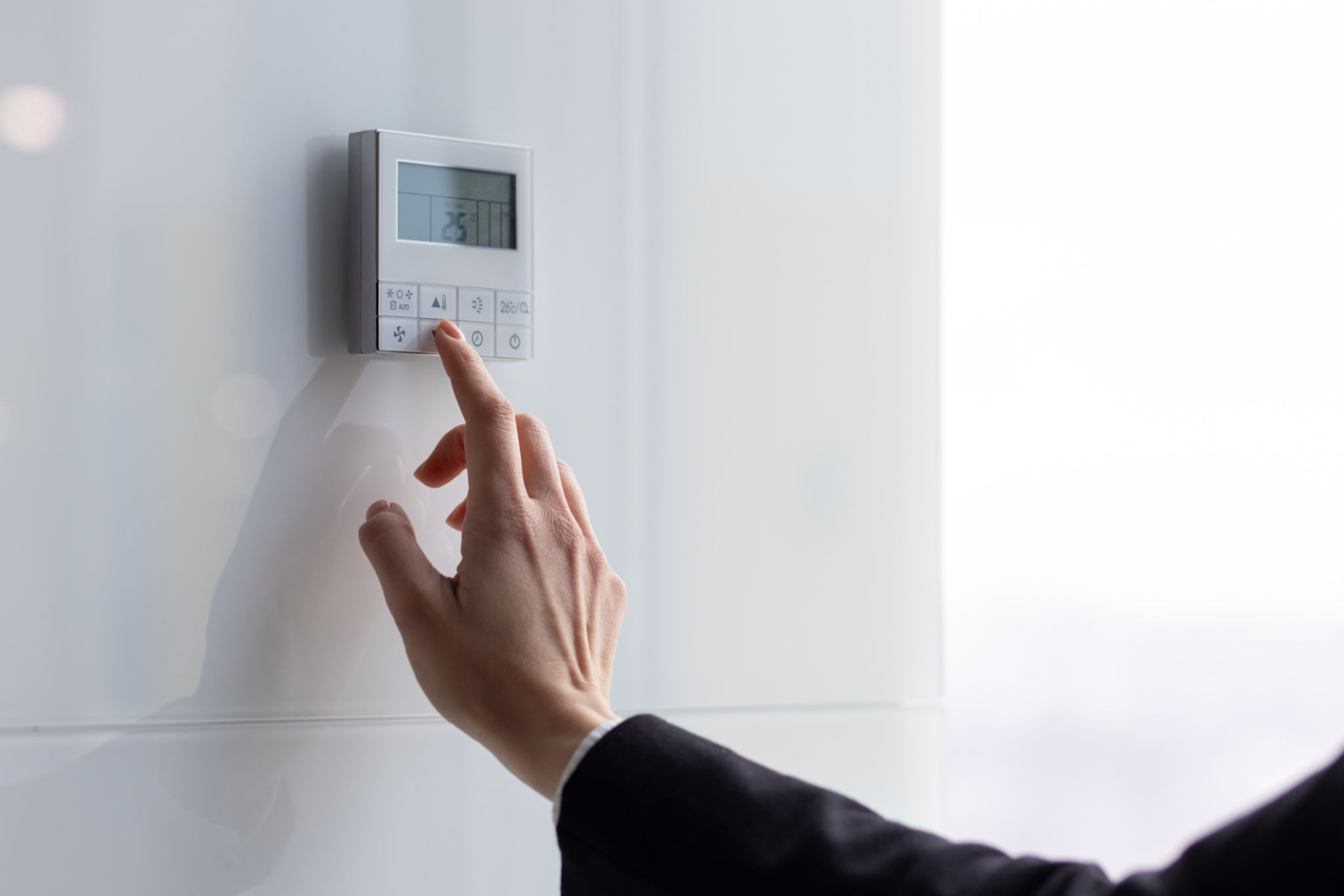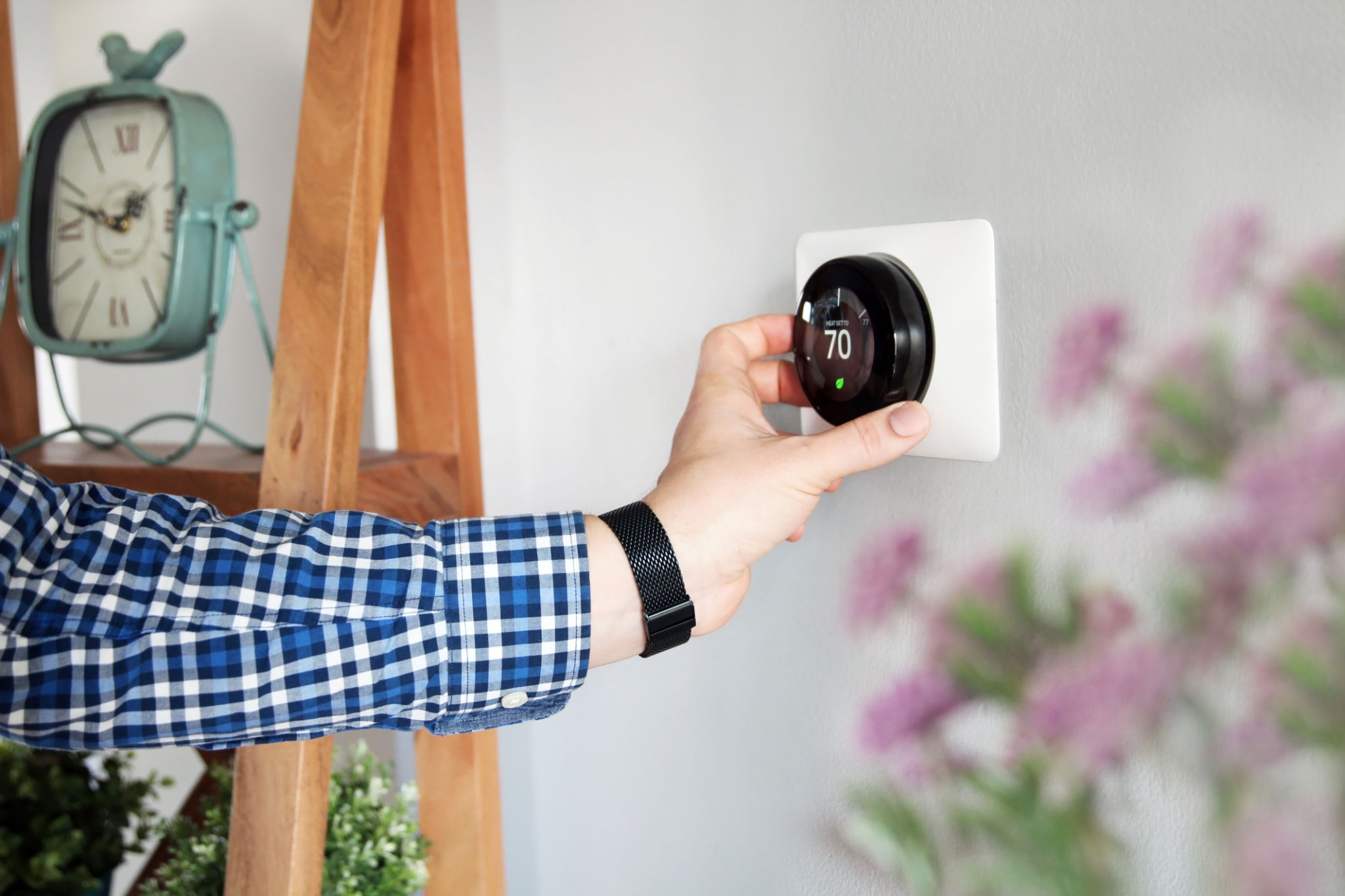Understanding Thermostat Installation and Replacement: A Homeowner's Guide
Introduction to Thermostat Installation
Understanding how to install and replace a thermostat is an essential skill for homeowners looking to maintain an efficient and comfortable living environment. Whether you're upgrading to a smart thermostat or replacing a faulty unit, knowing the process can save you money and improve your home's energy efficiency.

Types of Thermostats
Before diving into installation, it's important to understand the different types of thermostats available. The most common types include:
- Manual thermostats: Basic units that require manual adjustment.
- Programmable thermostats: Allow you to set schedules for temperature changes throughout the day.
- Smart thermostats: Connect to Wi-Fi and can be controlled remotely via smartphone apps.
Choosing the right type for your home depends on your lifestyle and energy-saving goals.
Tools Required for Installation
Having the right tools on hand can make the installation process smoother. Generally, you'll need:
- Screwdriver set
- Drill with bits
- Wire strippers
- Level
Ensure you have these tools ready before you start to avoid unnecessary delays.

Steps for Installing a Thermostat
The installation process can vary slightly depending on the type of thermostat, but the general steps are as follows:
- Turn off power: Ensure safety by switching off the power to your HVAC system at the breaker box.
- Remove the old thermostat: Unscrew and carefully remove it, taking note of how the wires are connected.
- Connect new thermostat: Attach the wires to the corresponding terminals on the new unit, following the manufacturer's instructions.
- Mount the thermostat: Secure it to the wall using screws, ensuring it's level for accurate readings.
- Restore power: Turn the power back on and test the thermostat to ensure it's functioning correctly.
Troubleshooting Common Issues
If you encounter issues during installation, such as the thermostat not turning on, double-check your wiring connections. Ensure all wires are securely attached to their terminals. If problems persist, consulting a professional may be necessary.

The Benefits of Professional Installation
While installing a thermostat can be a straightforward DIY project, opting for professional installation offers several advantages. Professionals ensure proper wiring, guarantee optimal performance, and provide peace of mind knowing the job is done correctly. They can also offer advice on selecting the best thermostat for your specific needs.
Maintaining Your Thermostat
Regular maintenance can extend the life of your thermostat and ensure it operates efficiently. Clean it periodically to remove dust and debris, and check for firmware updates if you have a smart model. Keeping your thermostat in good condition contributes significantly to energy savings in your home.
Conclusion
Understanding thermostat installation and replacement is a valuable skill for any homeowner. By following these guidelines and considering professional assistance when necessary, you can enhance your home's comfort and energy efficiency. Whether you're tackling the project yourself or hiring an expert, a properly functioning thermostat is key to a well-regulated home environment.